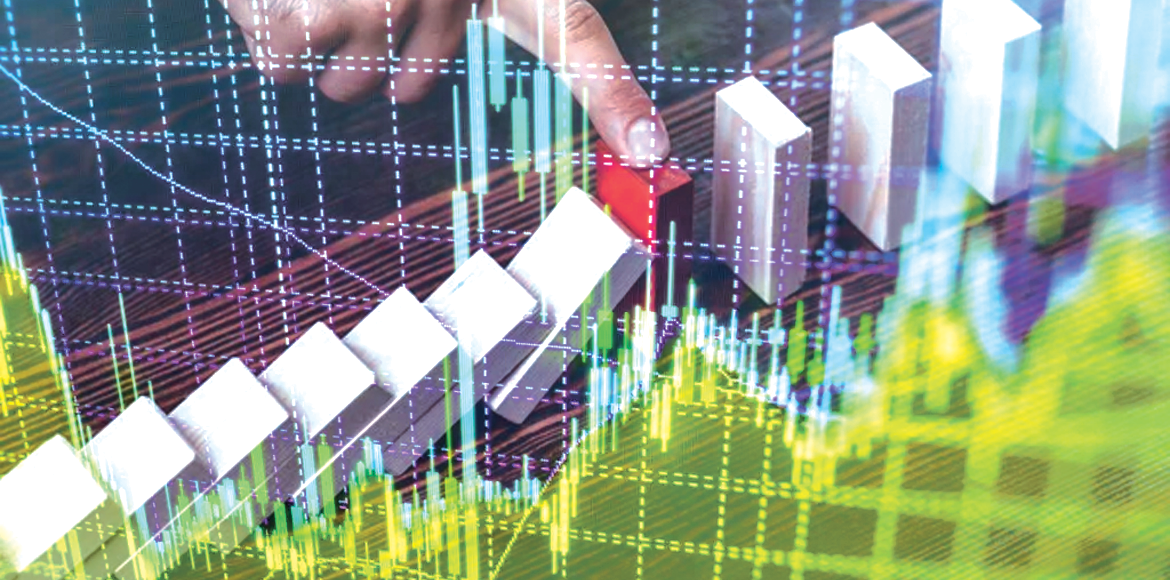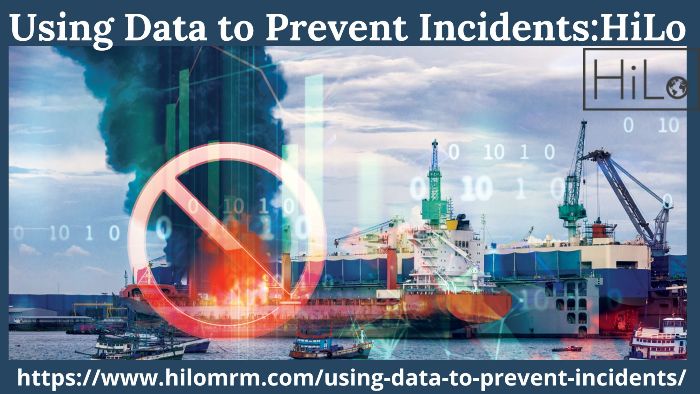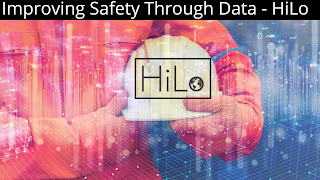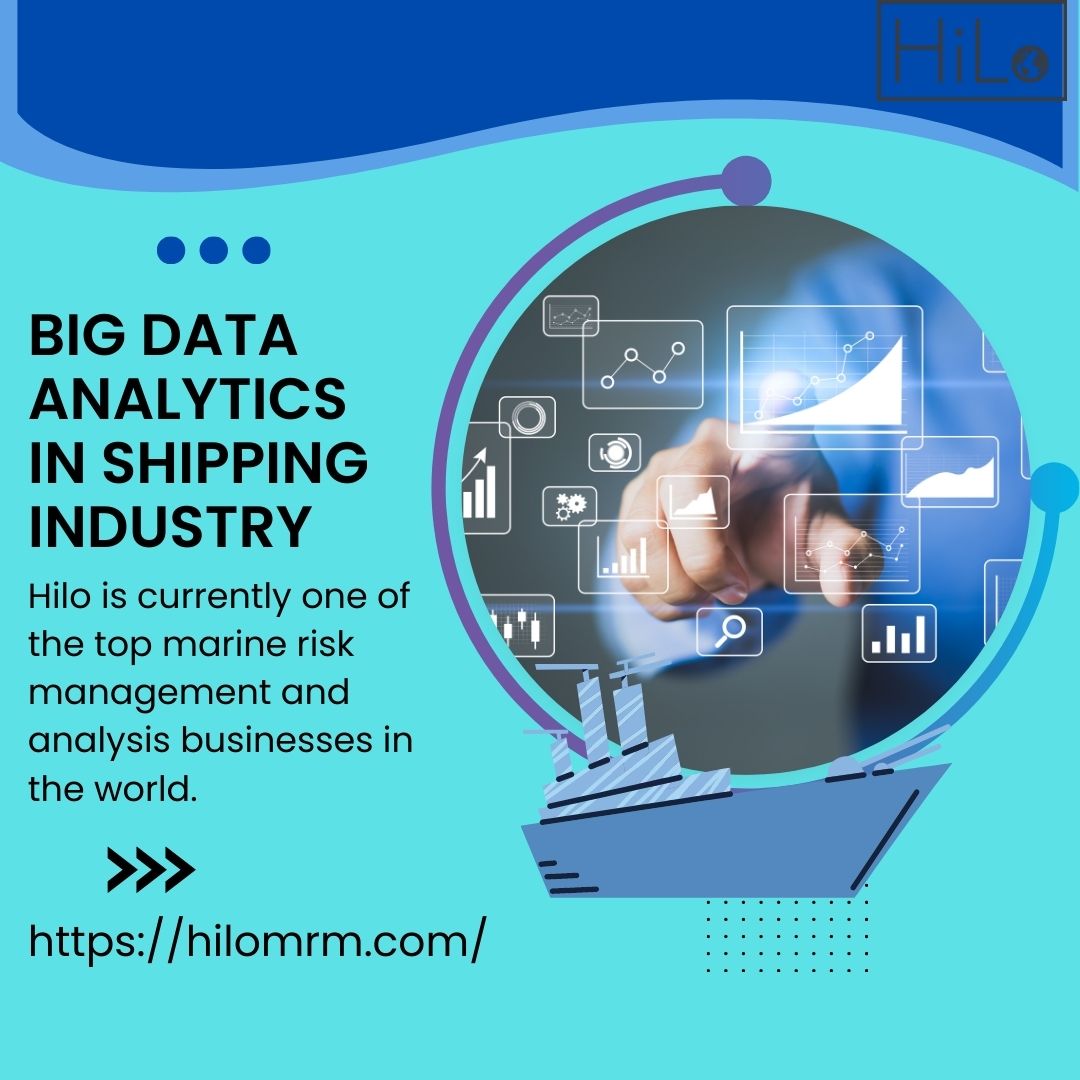Preventing Maritime Incidents Through Data And Analytics – a Lloyd’s Register Viewpoint: Mark Warner
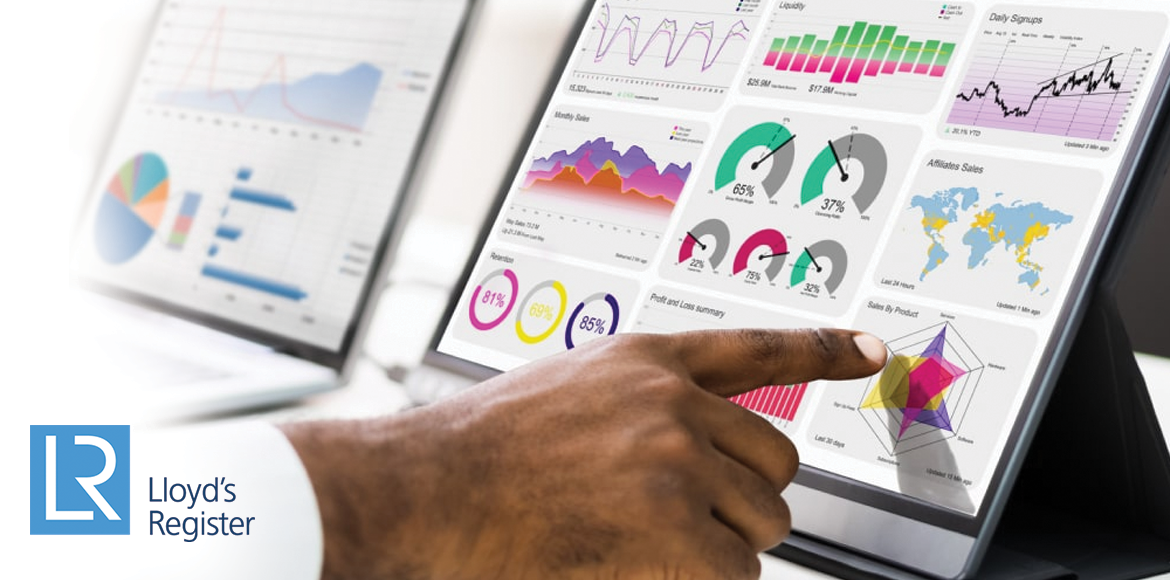
Mark Warner, Director – Maritime Performance Services, Lloyd’s Register Mark has been working with maritime data analytics for the last 20 years. He used his digital risk knowledge to highlight some key trends, including: Artificial intelligence (AI) and machine learning (ML) The need for collaboration The human factor. Artificial intelligence in the maritime industry Mark explained that Lloyd’s Register has just published a report, called ‘Artificial Intelligence in Maritime – a learning curve. This paper concludes that artificial intelligence adoption in the maritime industry is still at an early stage, but is increasing rapidly in terms of both investment and knowledge. ‘Artificial intelligence as a term means a lot of things to different people: many terms are bandied around, including machine learning, neural networks, knowledge, knowledge-based systems, and digital twins. However, Mark clarified that artificial intelligence for the maritime industry is using computer science an
